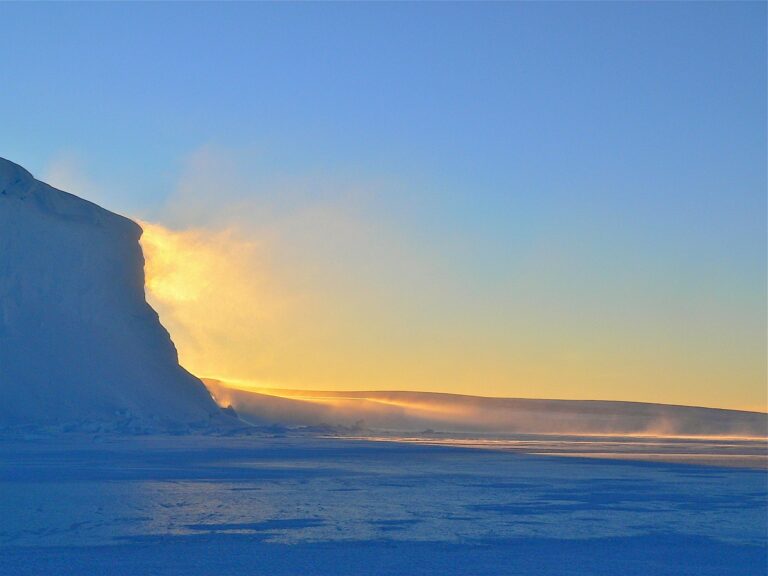A rare warming event in the upper atmosphere above Antarctica has given scientists a better understanding of how much the stratosphere influences climate.
Known as sudden stratospheric warming, the phenomenon has raised temperatures in the upper atmosphere by nearly 4.5°C over the past month.
When Australian Bureau of Meteorology climate scientist Eun-Pa Lim input the temperature rise into a short-term forecasting model she had designed, it predicted that the stratospheric warming will drive hot, dry winds across eastern Australia for the next three months, according to a report in the journal Nature.
Experts say the results were important in showing how far meteorologists have come in understanding the stratosphere’s impact on weather.
For a long time it was assumed that weather was mostly driven by effects in the troposphere, the layer between the stratosphere and Earth’s surface. However, since the early 2000s daily stratospheric weather maps have helped reveal the extent to which the two regions interact.
Sudden stratospheric warming events are common in the northern hemisphere but rarer in the southern hemisphere. It is only as recently as 2002 that the first such event was recorded south of the equator.
The events usually begin toward the end of winter and are triggered by the temperature contrast between warm oceans and cold land masses. This disparity can generate massive atmospheric disturbances known as Rossby waves, which compress and warm air in the stratosphere above the southern pole.
As well as predicting the uptick in hot, dry winds in eastern Australia, Lim’s model forecasts that the event will lead to colder, wetter weather in western Tasmania, New Zealand’s South Island and the southern tip of South America.



